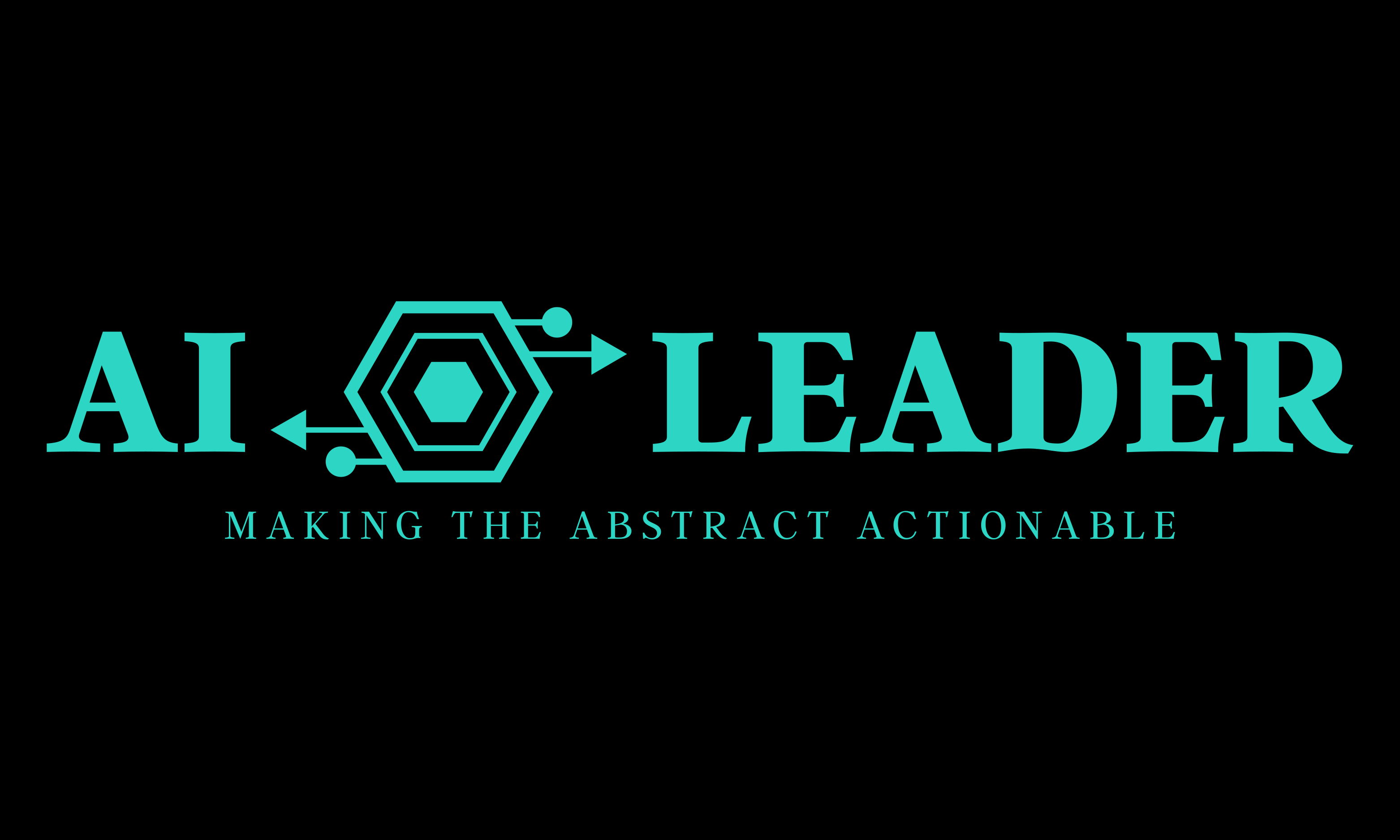Table of Contents
By Nick Burnett
I have been intentionally spending more time in developing a ‘good enough’ understanding of AI to apply it through the lens of education and learning. One of my key learns emerged in coming up with the title of this post as I initially called it AI in Education and Learning then realised I am only talking about Large Language Models (LLM’s) which has almost been conflated with AI as opposed to it being a very distinct subsection of AI, thus the revised title using AI (LLMs).
Although I no longer engage directly with students, I did want to start with them as they are the one’s who are going to need to have a detailed understanding of how AI can assist them in the future. This highlights the imperative for everyone to acquire a 'good enough' understanding, given the accelerating impact of AI on our lives.
“We are on the verge of the most profound industrial revolution in human civilization” Zack Kass – Head of GTM for OpenAi
The inspiration for a lot of this post comes from the excellent journal article by Ethan and Lilach Mollick on Assigning AI and I would highly recommend taking time to read the article as a lot of very practical ideas for students and teachers.
Opportunities to use LLM’s with Students
1. Mentor – opportunity for the AI to provide real time feedback
2. Tutor – AI to provide direct instruction
3. Coach – the AI to facilitate metacognition by the student
4. Teammate – using AI to enhance team performance on specific tasks/challenges
5. Student – the student to ‘teach’ the AI
6. Simulator – opportunity to develop specific scenarios for students to have deliberate practice
7. Tool – an opportunity to utilize AI for tasks it excels at compared to humans
The Imperative of Providing Instructions to Students
Clear guidance is paramount for optimizing the student experience.
1. It may not work
2. It’s not a…(whatever the chosen role is) but may feel like one
3. It can hallucinate/make things up
4. It is unpredictable
5. You’re in charge
6. Only share what you’re comfortable sharing
7. If the prompt doesn’t work in one LLM try another
Guidance for prompt writing for teachers/educators/facilitators
Ethan and Lilach Mollick offer invaluable insights for crafting prompts for AI to assume specific roles, including:
1. Identify the AI's role
2. Specify your objectives
3. Provide sequential instructions
4. Consider incorporating examples
5. Integrate personalization
6. Incorporate your pedagogical approach (if applicable)
7. Set your own constraints
Implications for L&D Professionals
As someone clearly in the L&D space I have been contemplating how we might leverage LLM’s, particularly in relation to my current roles. Some of the examples are very sector- specific whereas others are relevant to all sectors.
1. Simulation development, assessment and feedback – the opportunity to develop specific scenarios for deliberate practice I think is the most important addition LLM’s can provide at the current time and this will grow exponentially over the next few years
2. Creating content – written, audio, animations and video will all become much easier to develop and be tailored to specific learning outcomes
3. Creating micro-learning courses – as the use of AI becomes ever easier and more prevalent in our lives the opportunities for micro-learning on the job will be immense
4. Impact of training – this could be twofold. Firstly, sentiment analysis of feedback post training; and secondly and more importantly, measuring impact using specific data (more on this in a later post)
5. Behaviour Support Specific examples
a. Contributing to a Functional Behaviour Assessment (FBA) – as long as privacy concerns can be managed it could be drawn directly on specific data of the individual the FBA is being developed for
b. Linked to a. is the ability for the AI to analyse trends from specific data that is shared
c. Editing incident reports to be more objective – we all know we should write reports in an objective way but that is really hard for humans as we are subjective beings and AI could assist us in making sure we are using careful language in our reporting to keep those supporting individuals safe as well as the individuals
There is so much more that needs to be developed from this initial post and I look forward to the feedback and questions to keep the conversation moving forward.
If you'd like to contribute to this blog, and share your resources for helping educators with AI, please submit here.


